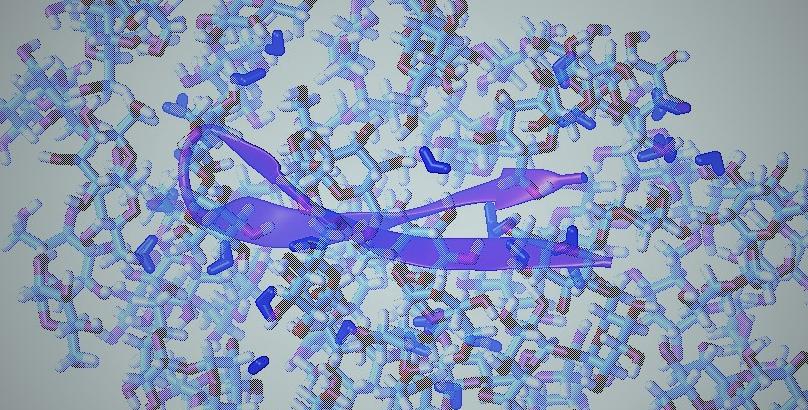Citation:
Abstract:
Cells are crowded, but proteins are almost always studied in dilute aqueous buffer. We review the experimental evidence that crowding affects the equilibrium thermodynamics of protein stability and protein association and discuss the theories employed to explain these observations. In doing so, we highlight differences between synthetic polymers and biologically relevant crowders. Theories based on hard-core interactions predict only crowding-induced entropic stabilization. However, experiment-based efforts conducted under physiologically relevant conditions show that crowding can destabilize proteins and their complexes. Furthermore, quantification of the temperature dependence of crowding effects produced by both large and small cosolutes, including osmolytes, sugars, synthetic polymers, and proteins, reveals enthalpic effects that stabilize or destabilize proteins. Crowding-induced destabilization and the enthalpic component point to the role of chemical interactions between and among the macromolecules, cosolutes, and water. We conclude with suggestions for future studies.

